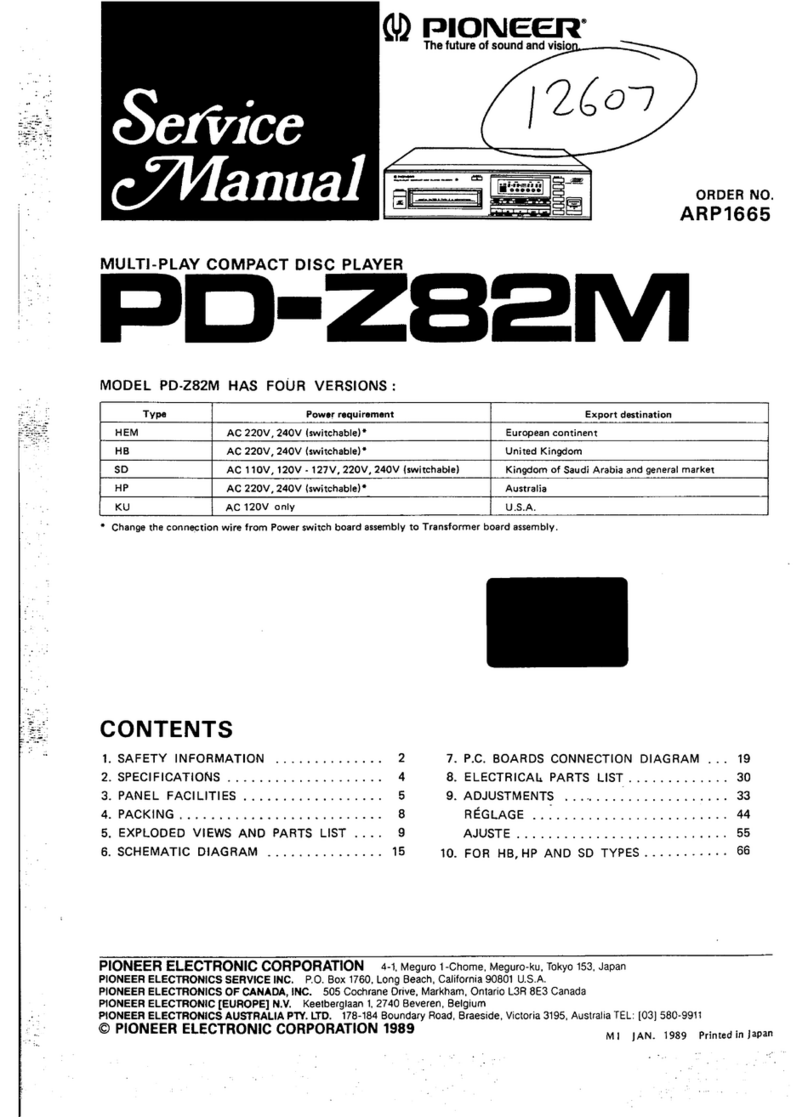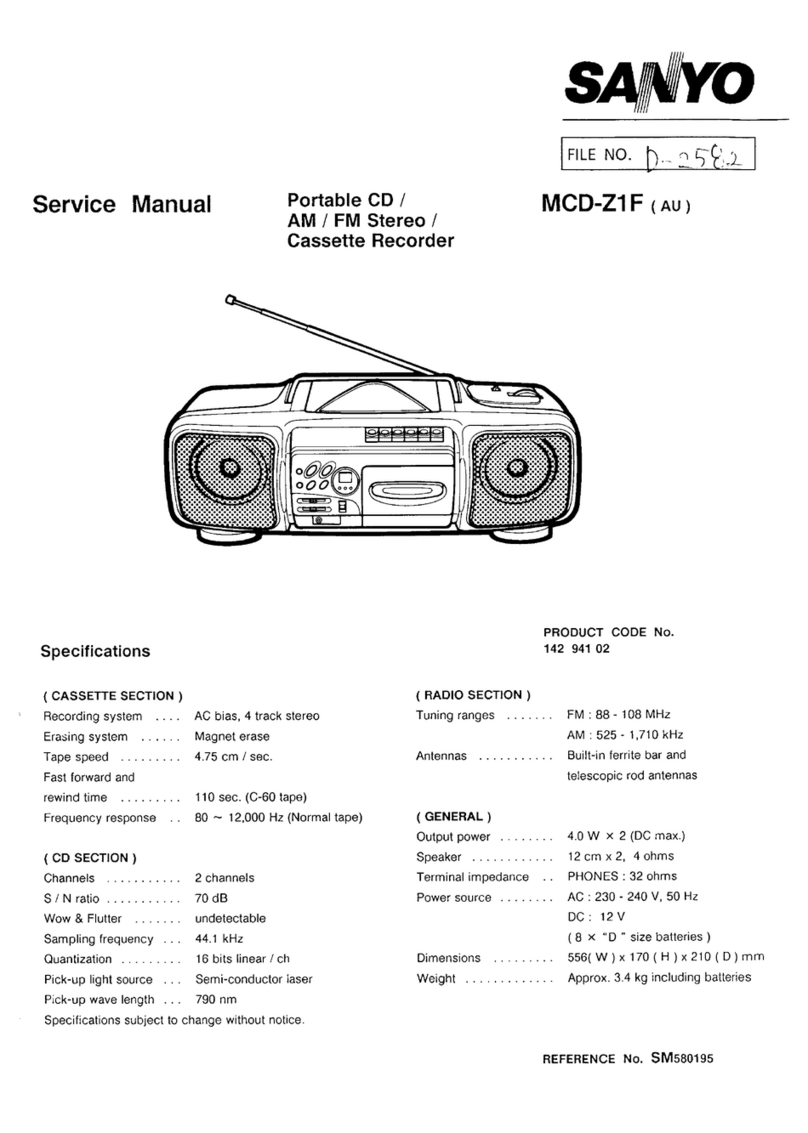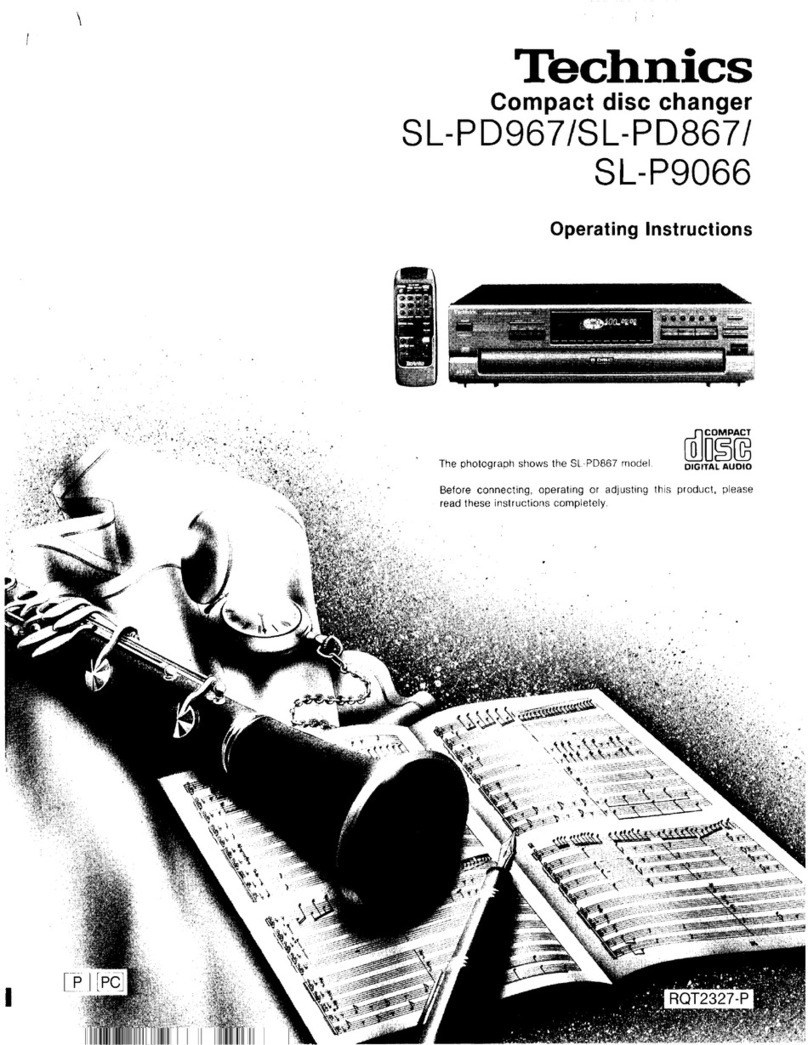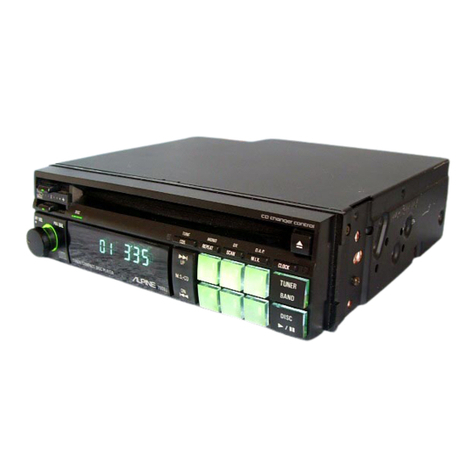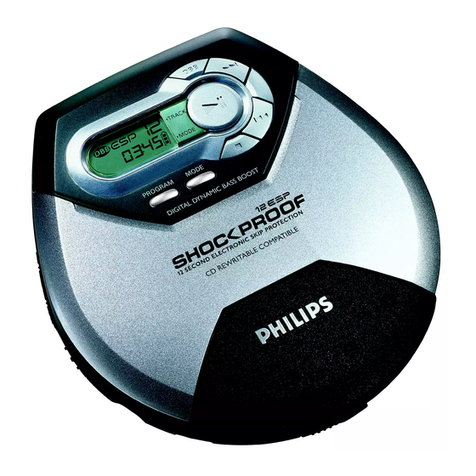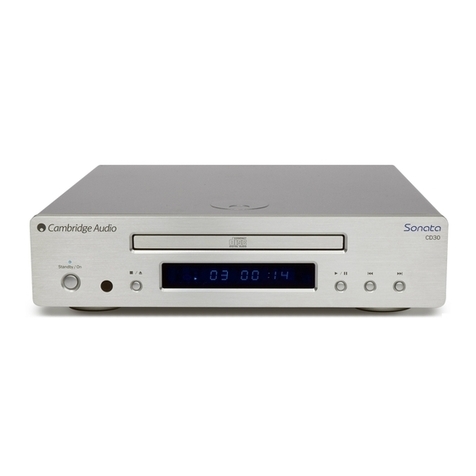Pioneer PD-202 User manual
Other Pioneer CD Player manuals
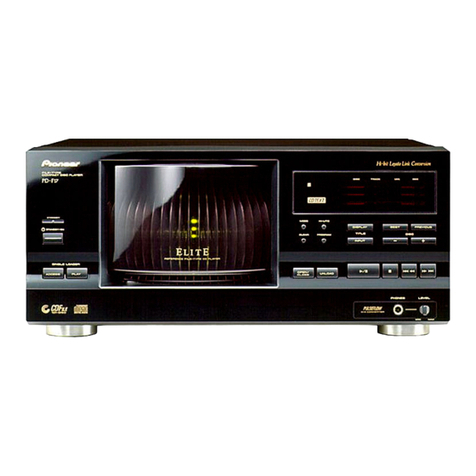
Pioneer
Pioneer PD-F19PD-F17 User manual

Pioneer
Pioneer PD-S502 User manual

Pioneer
Pioneer CDJ-200 User manual
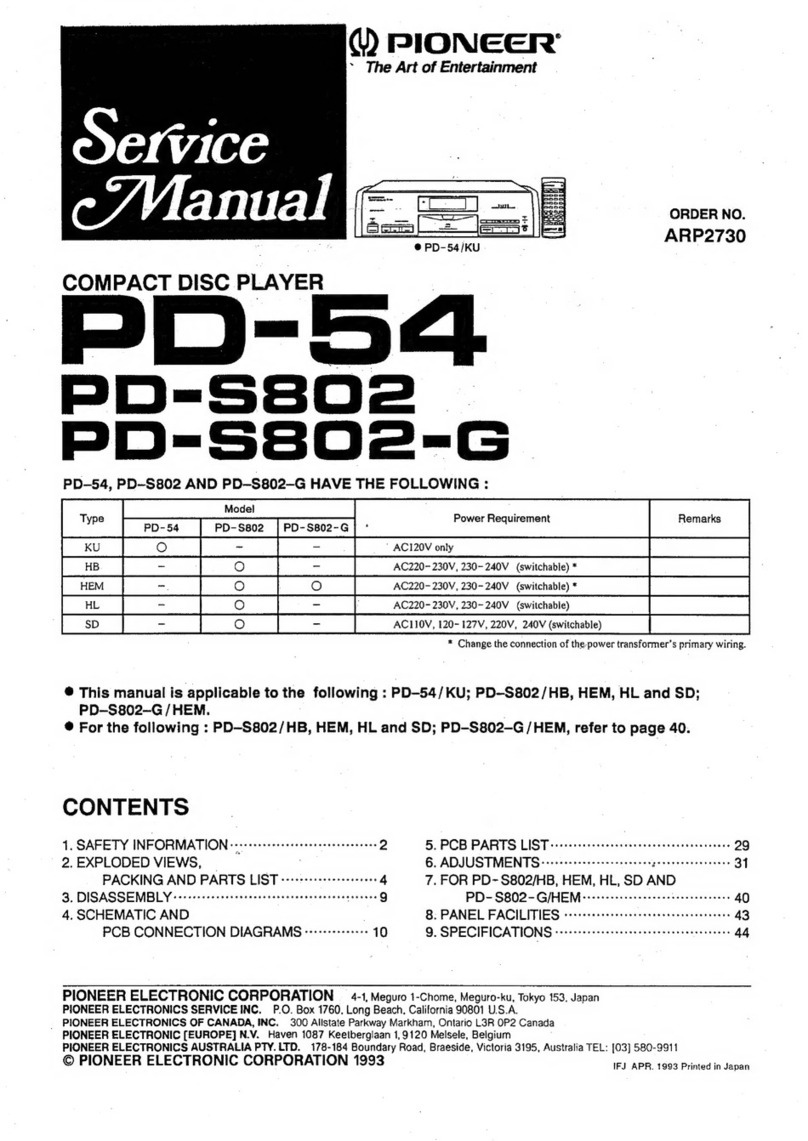
Pioneer
Pioneer PD-54 User manual

Pioneer
Pioneer PD-S605 User manual

Pioneer
Pioneer CDX-P670UC User manual

Pioneer
Pioneer CLD-2710K User manual

Pioneer
Pioneer CLD-D503 User manual

Pioneer
Pioneer DEH-P6500 User manual

Pioneer
Pioneer CLD-D703 User manual
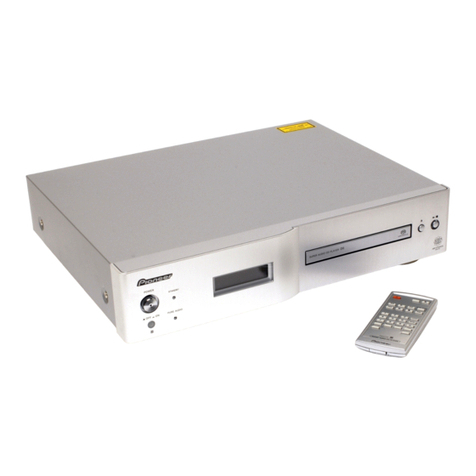
Pioneer
Pioneer Elite PD-D6-J User manual
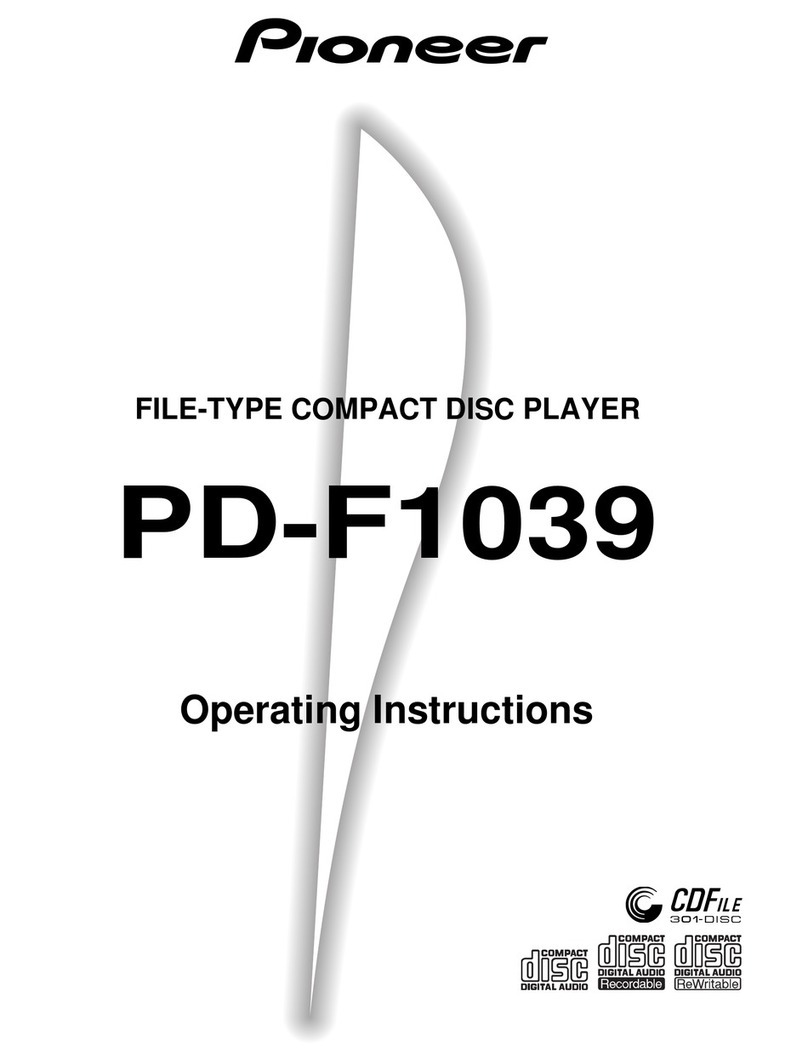
Pioneer
Pioneer PD-F1039 User manual
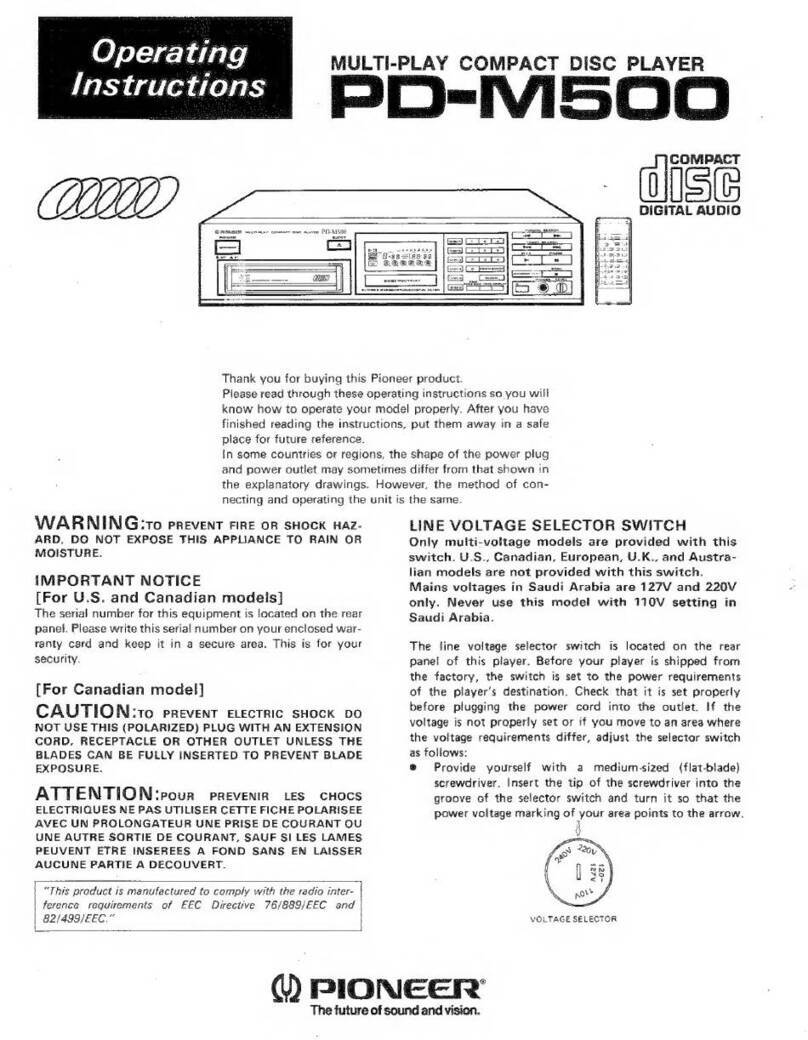
Pioneer
Pioneer PD-M500 User manual

Pioneer
Pioneer PCD-001 User manual
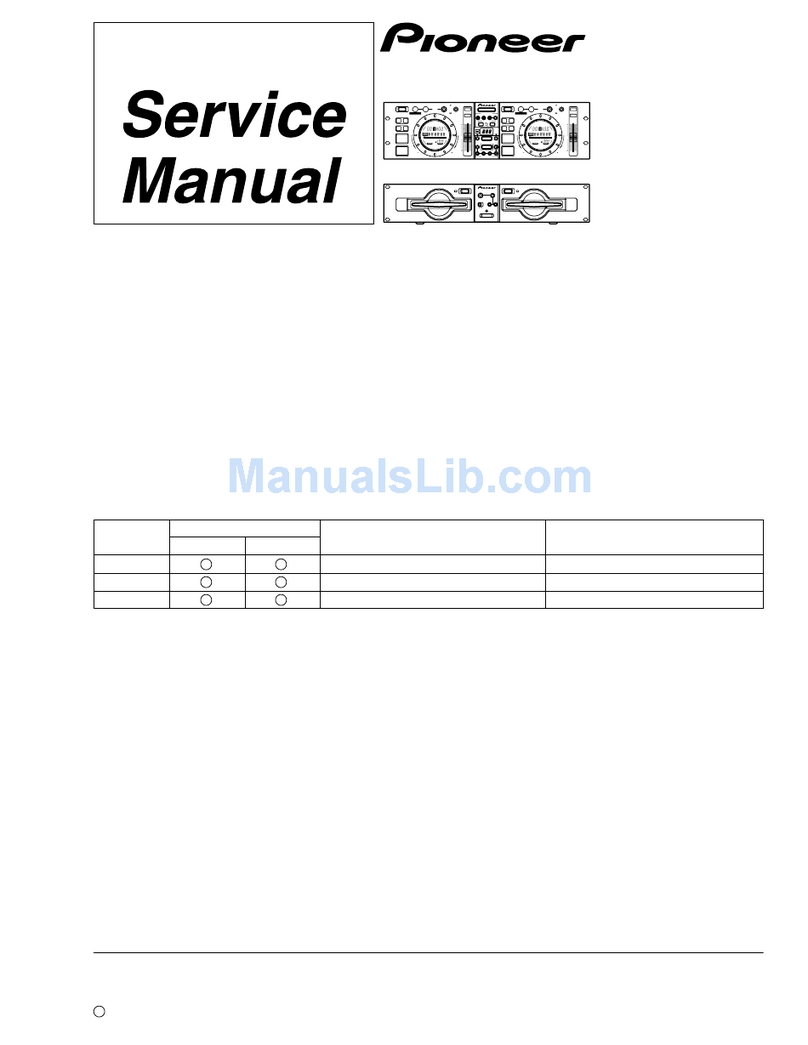
Pioneer
Pioneer CMX-5000 User manual

Pioneer
Pioneer XC-LA21 User manual
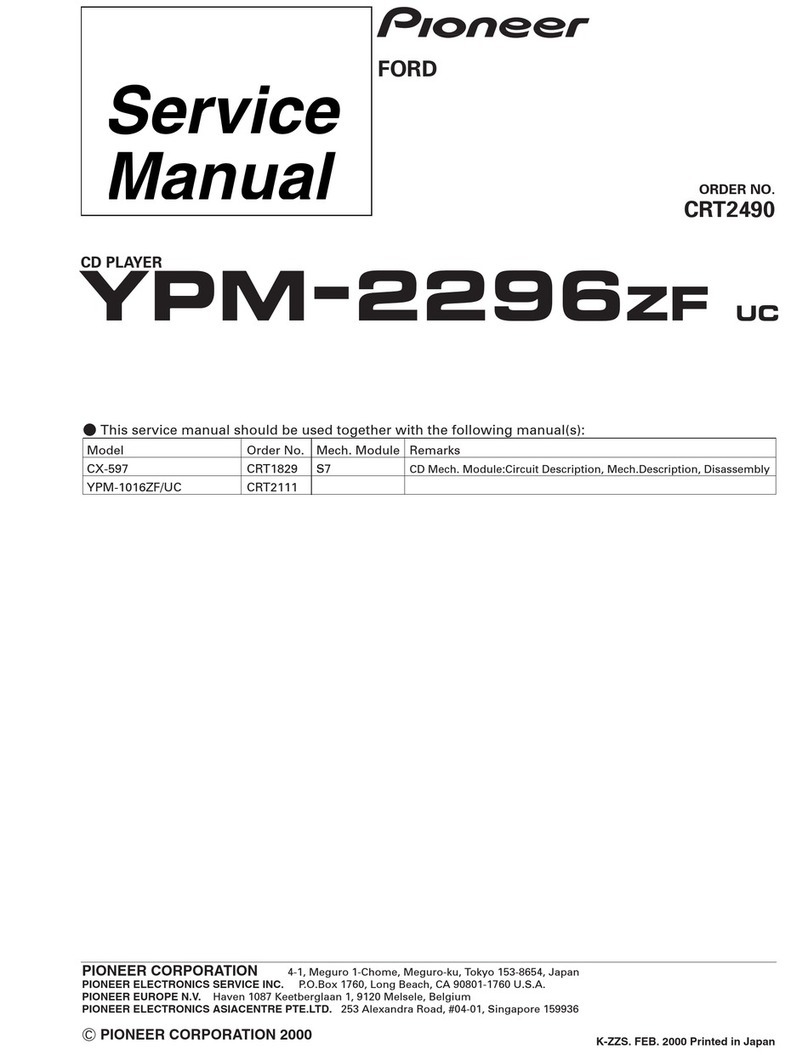
Pioneer
Pioneer YPM-2296ZF User manual
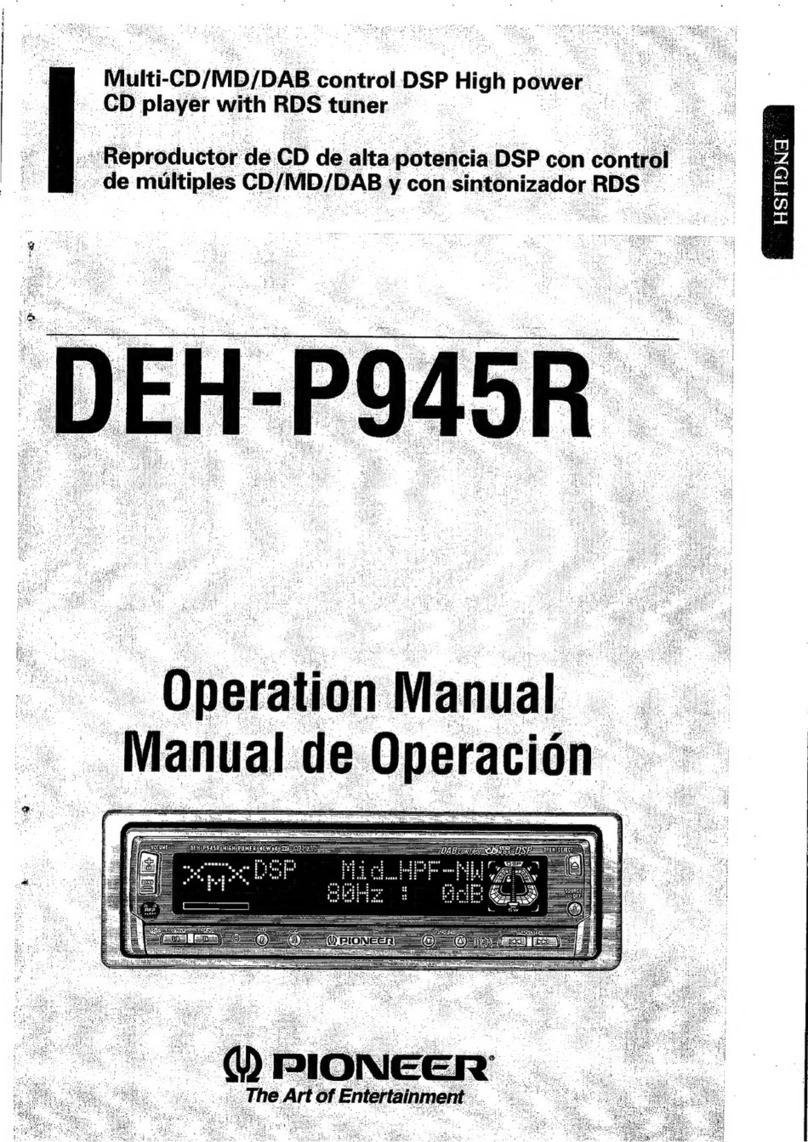
Pioneer
Pioneer DEH-P945R User manual
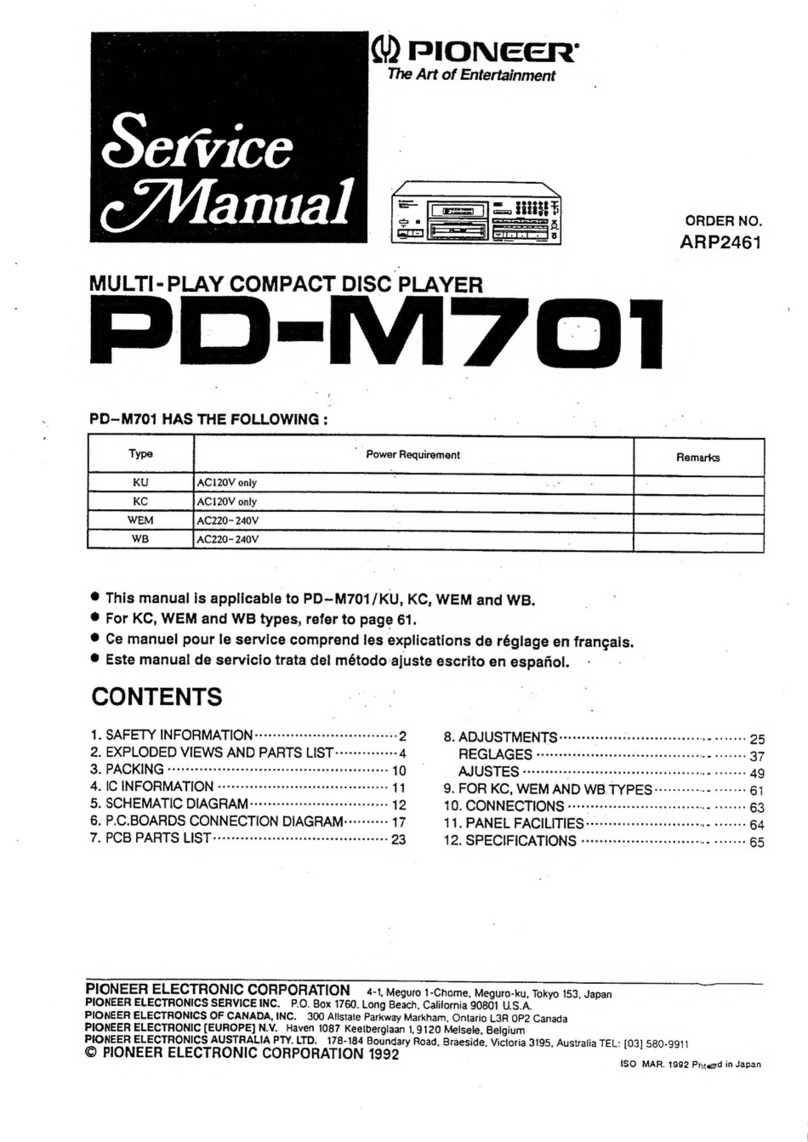
Pioneer
Pioneer PD-M701 User manual

Pioneer
Pioneer DEH-P410 User manual



